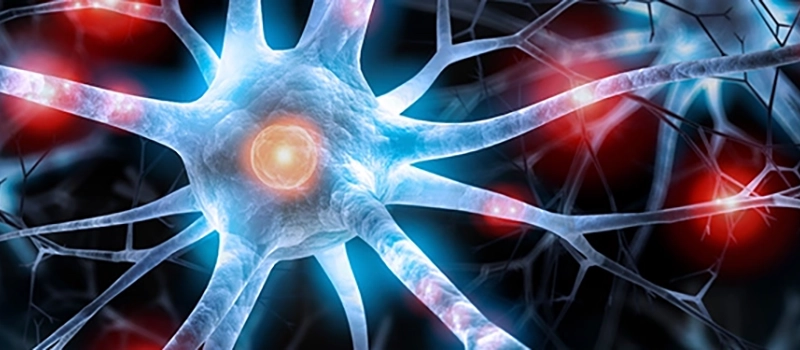
Someone who is a thrill seeker is more likely to get ‘banged up’ often compared to a couch potato or even the average person who is active fairly often. But for most of us, when we hurt ourselves, the pain of it all is only something that has to be tolerated for a short while. Sure, even if it is the sharpest and most intense type of pain, like when you break or crack a bone, you can still take solace in the fact that you just have to tough it out for now. Though for people living with chronic pain, it is a different story. There’s nothing temporary about their aches and pains, which means they have it much more challenging.
A condition like fibromyalgia can cause chronic pain, or it can result from a traumatic physical injury like the type you might sustain in a car crash or a nasty sports injury like the type that you see football players endure sometimes.They have an advantage because they’re usually young and in very good physical shape. That and the level of medical care they get as part of their recovery means outcomes are better for them. If you’re a weekend warrior who suffers a similar injury, you might be facing living with chronic pain.
Fortunately, there are better surgery options than ever before for recovering from chronic pain. Still, in some cases, the person may need to rely on chronic pain relief medication like Toradol or something similar. It can certainly provide the pain relief needed when living with chronic pain. But when using these medications, you need to be more careful than you would with other painkillers because of the risks of opioid medication overuse.
More on that later here though, and we’ll look at how to live with chronic pain in more detail. It’s unrealistic to expect someone to be able to tough it out if they’re in pain, especially if there’s little chance of that pain subsiding anytime in the future. Or at all. That’s the reality for some people.
The physiology of chronic pain isn’t a topic that most people will have a lot of knowledge on. But estimates are that nearly 20 million adults in America are experiencing high-impact chronic pain, causing them to have a lowered quality of life. And this is often not just because they cannot participate in activities as thoroughly as they used to, although, for younger people, that may be the primary cause most of the time. Often it is much more complicated than that, and doctors specializing in chronic pain will tell you that there is a shift in the body’s anatomy when chronic pain is present.
There are two types of physiological pain – nociceptive pain, and neuropathic pain. Most of you won’t be familiar with that first time, but you’ll have heard of neuropathy and know it is related to nerves. Neuropathic pain is a malfunction of the nervous system, which is what happens with fibromyalgia, lupus, and other painful health conditions. Arthritis pain and the pain of cancer are examples of nociceptive pain, where the pain is the body’s reaction to painful stimuli. This is also the type of long-term pain people have when they’ve done a lot of damage to one part of the body.
The other thing about living with chronic pain that many people won’t put enough significance on is how the constancy of the pain can also take a toll on your mental health. Although anxiety disorders and depression are common for people living with chronic pain and depression it has been shown that for some, the pain actually somatises itself into those feelings of depression. Plus, the drops in serotonin and norepinephrine neurotransmitters create a harmful loop.
What’s meant by that is this; alterations to those neurotransmitters can mean the body feels and responds to pain differently, and often it means pain can be felt more pronouncedly. It is not uncommon for people living with chronic pain to have to seek treatment for mental health concerns too.
Here’s what you can do to makeliving with chronic pain more manageable. You can start by ensuring you’re properly hydrated, as being dehydrated can increase your perception of pain and restrict blood flow to the brain. Posture can play a role too, and sitting down for the majority of the day can make your chronic pain worse. Myofascial release massages can be good for chronic pain relief, and another smart choice for chronic pain sufferers is up their physical activities as much as possible. Last but not least, make sure you’re getting the nutritional value you should be from your diet.